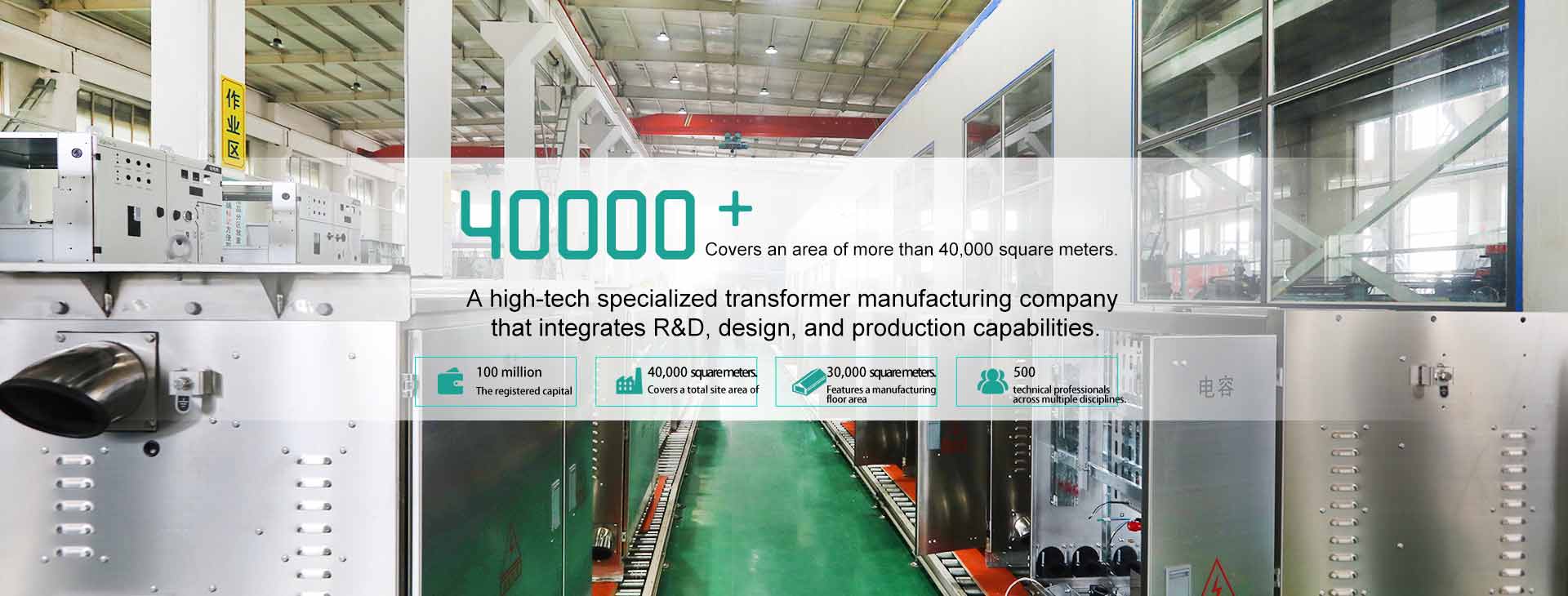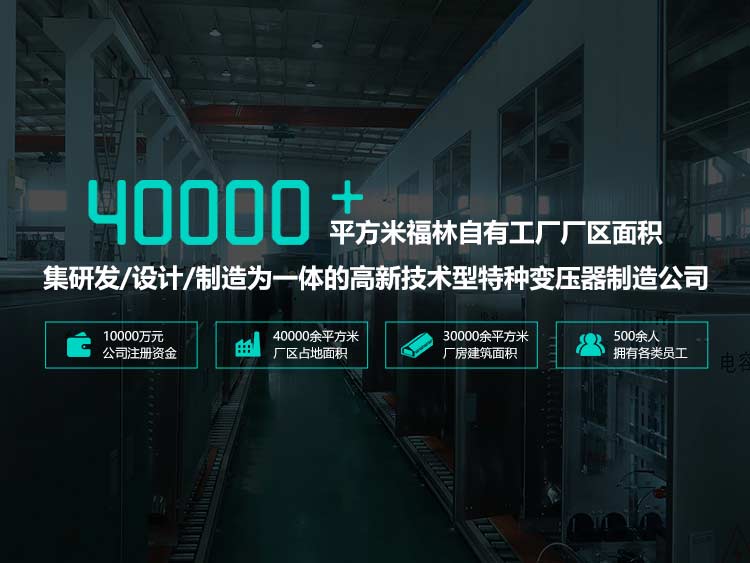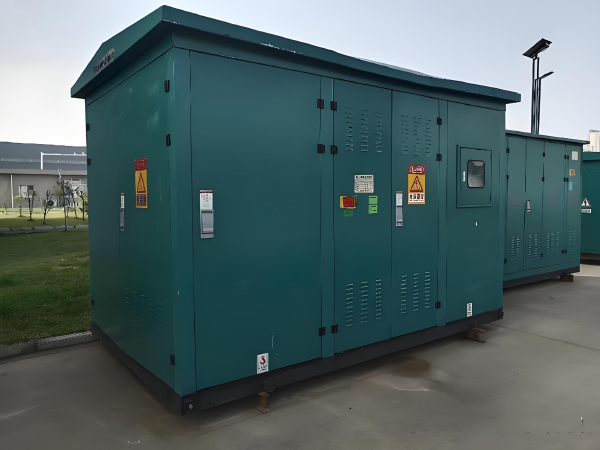Transformer For Photovoltaic Power Station (European type package substation)
- Core Technical Features
- Elliptical Coil Design for Optimized Space Utilization and Enhanced Mechanical Strength: The transformer incorporates an elliptically shaped coil structure manufactured using precision mold-forming technology. This design increases the winding fill factor within the core window by 15%, significantly reducing the equipment’s footprint and enabling installation in space-constrained environments such as photovoltaic power plants. Additionally, the elliptical cross-sectional geometry promotes more uniform radial stress distribution, improving mechanical robustness by 40% and enhancing resistance to vibration-induced stresses during transportation and operation. This structural resilience contributes to extended service life and improved long-term reliability.
- Segmented High-Voltage Coil Design for Superior Electric Field Control: The segmented configuration ensures electric field intensity variation within the windings remains below 5%, effectively minimizing localized field concentration and reducing the risk of insulation failure. Moreover, this design attenuates harmonic current effects and suppresses additional eddy current losses. During dynamic fluctuations in photovoltaic module output—common under variable irradiance conditions—the transformer maintains stable power conversion efficiency, thereby supporting consistent energy yield and enhancing overall plant profitability.
- Distinctive Structural Designs
- Intelligent Pressure Relief System for Load Transient Protection: Photovoltaic installations are prone to sudden load variations due to changes in solar irradiance, potentially causing rapid thermal expansion of insulating oil and internal pressure surges. To address this, an intelligent pressure relief system is integrated into the tank cover, comprising high-precision pressure sensors and automatically actuated relief valves. The system continuously monitors internal pressure and initiates valve opening upon exceeding predefined thresholds, preventing tank deformation or seal damage. Following pressure normalization, the system reseals autonomously without requiring manual reset, ensuring uninterrupted operation during transient events and minimizing unplanned maintenance.
- Mesh Guard Structure with Balanced Protective and Thermal Performance: Designed for outdoor deployment, the transformer features galvanized steel mesh guards that provide effective protection against foreign intrusions such as birds and debris while preserving optimal airflow. The guard design limits any reduction in heat dissipation efficiency to within 3%. Constructed from lightweight, corrosion-resistant materials, it performs reliably in harsh environmental conditions, including high temperature and humidity. In contrast to fully enclosed enclosures, this open-grid solution eliminates the need for auxiliary cooling fans, thereby lowering operational costs and reducing auxiliary energy consumption.












